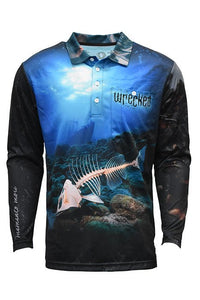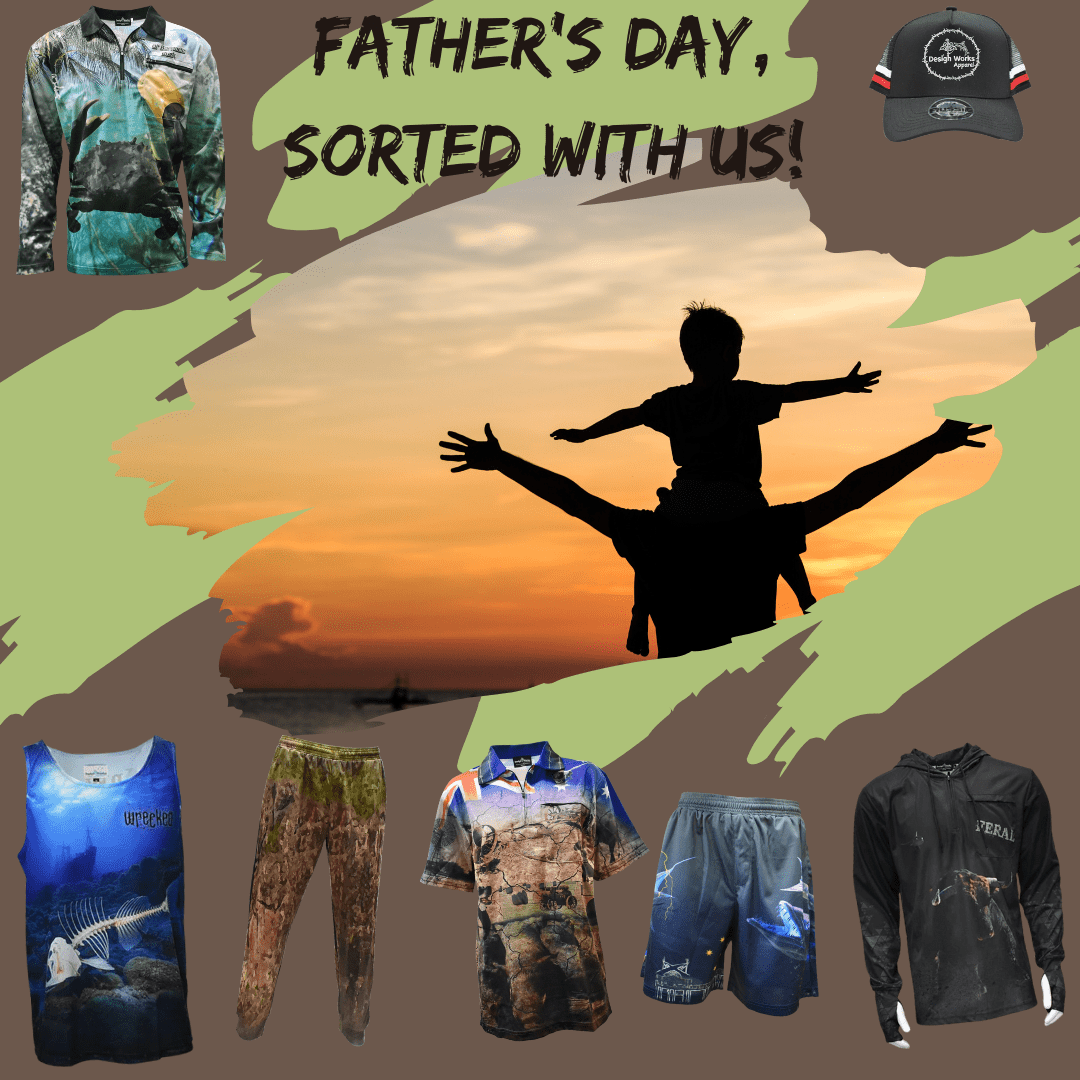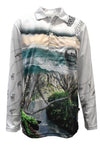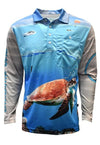Fast fashion refers to a business model and trend within the fashion industry that emphasizes quickly producing and distributing inexpensive clothing to respond to rapidly changing fashion trends. The goal of fast fashion retailers is to deliver new and trendy clothing styles to the market as quickly and affordably as possible. This is achieved through efficient supply chains, low-cost production, and frequent turnover of inventory.

(image source https://earth.org)
Although this model has allowed more people access to affordable clothing the rapid production cycle and low-quality materials used contribute to increased waste and resource consumption. Many fast fashion garments are discarded after only a few wears, contributing to landfill waste.

(click here to view our range made from 100% recycled plastic)
Clothing waste is a significant environmental issue in many countries, including Australia. It refers to discarded clothing and textiles that end up in landfills or incineration. The average Australian throws out 23Kg of clothing a year, most ends up in landfill contributing to the release of green house gases and micro-plastics into the environment as they decompose.

(click here to view our quality, long-lasting clothing)
Reducing the carbon footprint of clothing through re-wearing is an effective and sustainable approach, you should re-wear each item of clothing at least 30 times before throwing it out. Here are some tips to help you extend the life of your clothes and minimize their environmental impact:
-
Quality over quantity: Invest in well-made, durable clothing that will last longer and withstand multiple uses and washes.
-
Timeless and versatile pieces: Choose classic and versatile clothing items that can be easily mixed and matched to create different outfits.
-
Proper care: Follow care instructions and wash your clothes only when necessary. Over-washing can lead to faster wear and tear
-
Eco-friendly materials: Choose clothing made from sustainable materials like recycled fibres, organic cotton, bamboo, or hemp. These materials have a lower environmental impact.
-
Donate or swap: If you no longer wear certain clothes, consider donating them to charity or organizing clothing swaps with friends and family.
-
Buy second-hand: Consider purchasing pre-owned clothing from thrift stores, online platforms or markets. It's a sustainable way to shop and reduce the demand for new clothing production.

(image source https://sahn.online check out their monthly markets for amazing second hand clothing)























